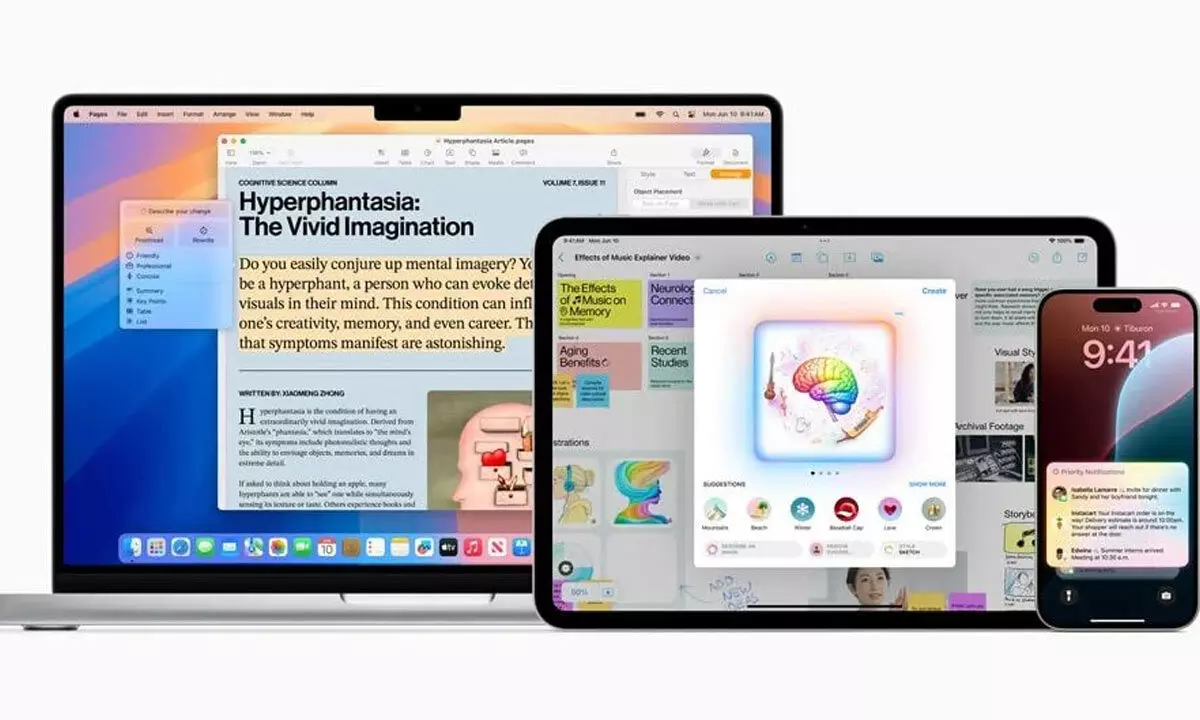
The no-code movement is revolutionizing the technology industry by enabling anyone with an idea to develop software without the need for coding knowledge. With their user-friendly drag-and-drop interfaces, no-code platforms have become potent instruments that democratize access to technology, enabling non-developers to create websites, apps, and automation solutions. One of this movement's most promising avenues for growth is the incorporation of artificial intelligence (AI).
AI and no-code platforms are revolutionizing software development in ways that will upend markets, spur creativity, and cut the time it takes to launch new digital goods dramatically. This article delves into the details of no-code AI, along with its benefits, and popular no-code AI platforms. No-Code AI empowers users to enable to develop AI-based applications quickly and effectively.

Through the use of pre-built machine learning models and graphical user interfaces (GUIs), people may input data, tweak the model, and create intelligent applications with ease. This is one of the most effective ways to use AI technology because it speeds up the creation and implementation of AI applications. The goal of no-code AI is to make AI more approachable for non-technical consumers who wish to employ AI technology but may not be proficient in programming.
These systems enable users to categorize, assess, and create prediction models without writing complicated code by doing away with the requirement for coding. A wider audience may now use AI's capabilities in a variety of applications thanks to its democratization. No-Code AI offers several benefits, making it a desirable choice for companies and individuals who want to use artificial intelligence capabilities without having to learn a lot of coding.
The advantages of AI without code are: a. Accessibility and Democratization: A wider range of people may engage in AI development thanks to no-code AI platforms, including non-technical users, business analysts, and subject matter experts. With the democratization of AI, anyone with useful data and insights may now develop AI solutions without needing to know programming.
b. Rapid Development and Prototyping: AI applications may be developed and prototyped quickly thanks to no-code AI. Drag-and-drop interfaces allow users to rapidly construct and refine AI models, cutting down on development time and expediting the implementation of AI solutions.
c. Decreased Development Expenses: No-code AI can drastically cut development costs by eliminating the requirement for specialized data scientists or software engineers. AI development duties can be handled by non-technical users, which increases the cost-effectiveness of AI projects for companies of all sizes.
Interface that is easy to use: No-code AI platforms usually include intuitive user interfaces that are simple to use, making them accessible to people with different degrees of technical proficiency. As a result, consumers can begin using AI development more rapidly and with a lower learning curve. d.
Flexibility and Customization: No-code AI platforms nevertheless provide some flexibility and customization even though they abstract away a lot of the implementation details. Users can optimize performance by customizing AI models for certain use cases. e.
Improved Cooperation: Teams with and without technical expertise can work together more when using no-code AI. Working with data scientists and engineers, business experts can actively contribute to the development of AI solutions, producing more thorough and significant results. Although there are many AI platforms available, a few well-known ones stick out as being no-code AI platforms that enable users to develop AI-powered solutions.
a. Creative Studio: Businesses may easily create applications with Studio Creativo's no-code AI platform. Without any prior coding experience, users can develop and edit pages, data models, workflows, and connectors thanks to an easy-to-use design interface and strong workflow automation features.
Additionally, the platform provides mobile application design, ready-to-use connectors, and AI/ML integration, empowering companies to improve productivity, automate procedures, and make data-driven choices. b. Data Robot: DataRobot facilitates the adoption of AI by allowing non-technical users to leverage the power of AI without requiring complicated rollouts.
AI solutions may be quickly developed and used by businesses to solve real-world problems, enabling data-driven decision-making and providing measurable benefits. DataRobot makes AI accessible and useful for businesses of all kinds, spurring creativity and revolutionizing corporate processes. c.
ZBrain: ZBrain is a revolutionary AI platform that requires no code, enabling companies to quickly develop apps using confidential client data. ZBrain requires no complicated code because of its user-friendly drag-and-drop interfaces, smooth data integration, and capacity to link to huge language models. These features make the development process easier.
ZBrain's user-friendly, no-code method makes it possible to harness the power of AI while increasing productivity and efficiency. d. Clarifai AI: With the Clarifai no-code AI platform, users can create AI-powered apps with ease.
It efficiently and accurately converts unstructured data into structured information using strong computer vision, natural language processing, and voice recognition tools. The platform provides pre-trained models and methods for quick AI creation without complicated coding, enabling a smooth, end-to-end workspace. e.
MonkeyLearn: MonkeyLearn is another AI no-code platform that makes text analytics easier for companies to use. It gives them the ability to easily evaluate and visualize client input. Without requiring any coding, customers can obtain insightful information by utilizing pre-built and adaptable machine-learning models.
Data-driven choices and improved business processes are facilitated by business templates and native connections, which facilitate seamless connectivity to apps and BI tools. The no-code trend makes software development accessible to everyone, regardless of technical expertise. No-code platforms have made it possible for people and organizations to create websites, apps, and automation systems without having to know how to code thanks to their intuitive drag-and-drop interfaces.
The true potential of no-code, however, is found in combining it with artificial intelligence (AI), which is expanding the possibilities for automation and creativity. Businesses of all sizes are finding it easier to embrace AI solutions and maintain their competitiveness due to no-code AI. It also offers benefits including faster prototyping, lower development costs, and enhanced flexibility and cooperation.
Platforms such as Creative Studio, DataRobot , ZBrain, Clarifai AI, and MonkeyLearn , showcase how user-friendly AI has become, allowing people to create complex applications that formerly needed a high level of coding expertise..














